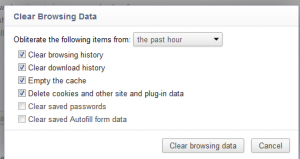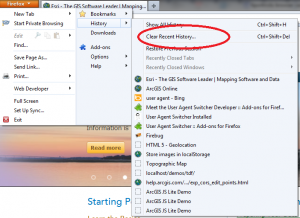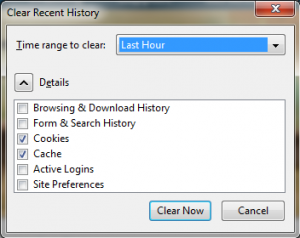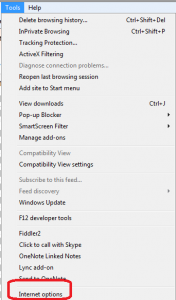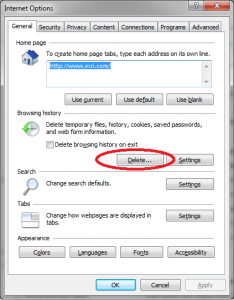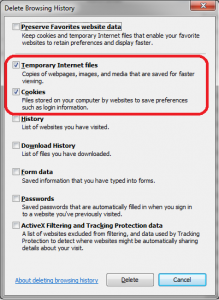When you are testing web applications that use an Application Cache, also sometimes called the manifest file, you have to delete this file every time you make a change to the application. If you don’t then none of the changes you make to the application will show up. The very purpose of the Application Cache is to semi-permanently store your HTML, CSS, JavaScript and images. It’s becoming increasingly popular for speeding up web app performance, and a requirement for taking web apps offline. In fact, Google now uses an application cache for their home page.
Simply trying to delete your browser cache in the normal way won’t necessarily clear the Application Cache and its associated files. So here’s a quick rundown that will hopefully save you some time.
Chrome – browse to chrome://appcache-internals/. There may be a number of different caches listed. Select ‘Remove’ for any cache that you want to go bye-bye.
Chrome (Mobile Android) – go to Settings > Privacy (under Advanced) > CLEAR BROWSING DATA, checkbox the ‘Clear the cache’ option and then select the ‘Clear’ button.
IE 10 – go to Tools > Internet Options > Settings > Caches and databases tab. Select the cache that you want to delete and the click the ‘Delete’ button.
Safari (Mobile) – For Safari iPhone and iPad go to Settings and select “Clear Cookies and Data.”
Safari (Desktop) – Simply attempting Develop > Empty Caches may not work. On a Mac you may have to: close your browser, manually delete the .db file by going to //library/Caches/com.Apple.Safari and move any item ending in .db to the trash, then restart browser. If this doesn’t work then try restarting your machine. Yep, it’s an awful workflow and it’s been a known bug in Safari dating back to at least version 6.
Firefox (Desktop) – go to Tools > Options > Advanced > Network > Offline data > Clear Now.
Want to learn more about Application Cache’s? Here’s a good technical overview from WHATWG describing what is an application cache. And, MDN has a good article on Using the application cache.

